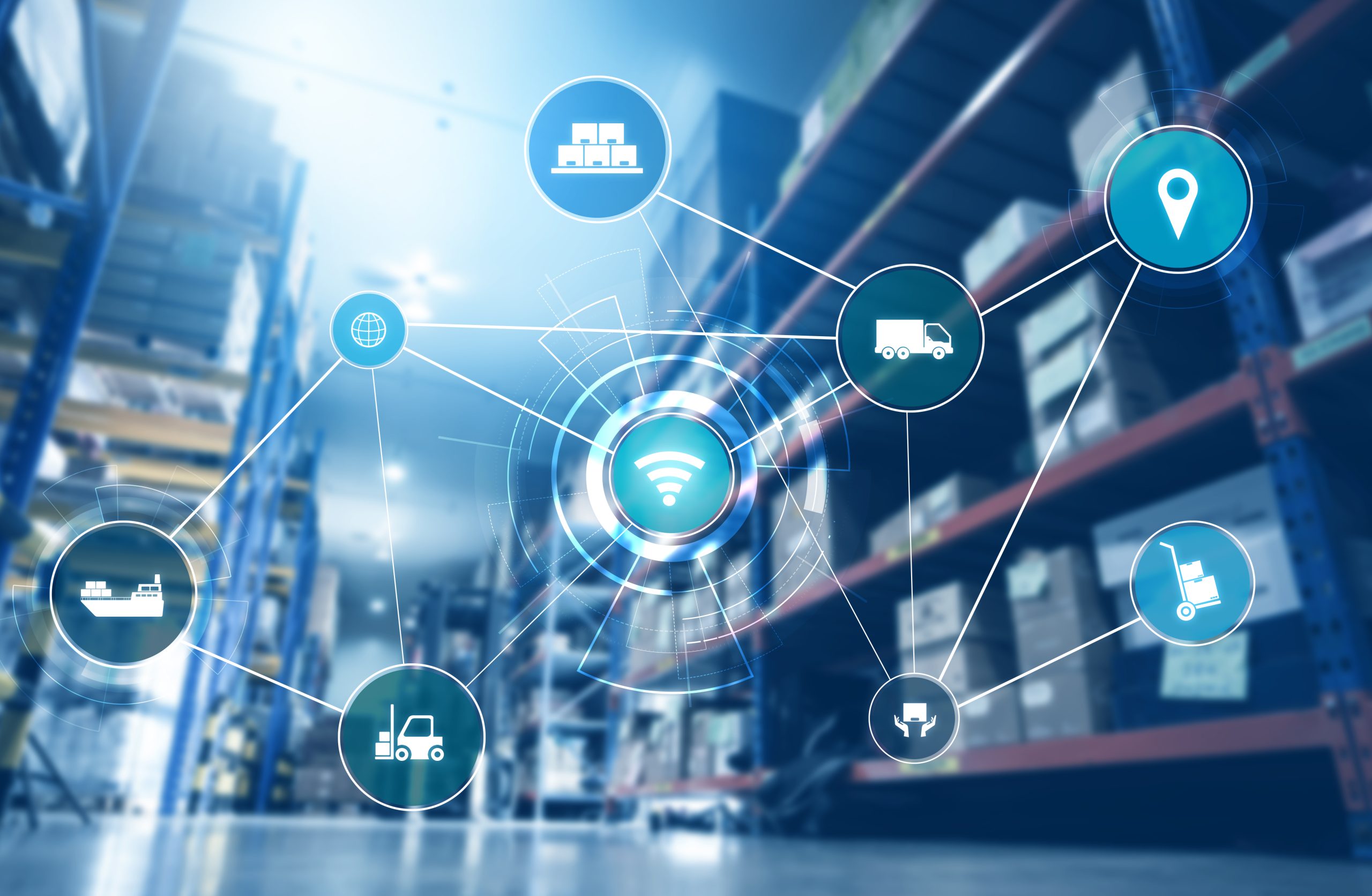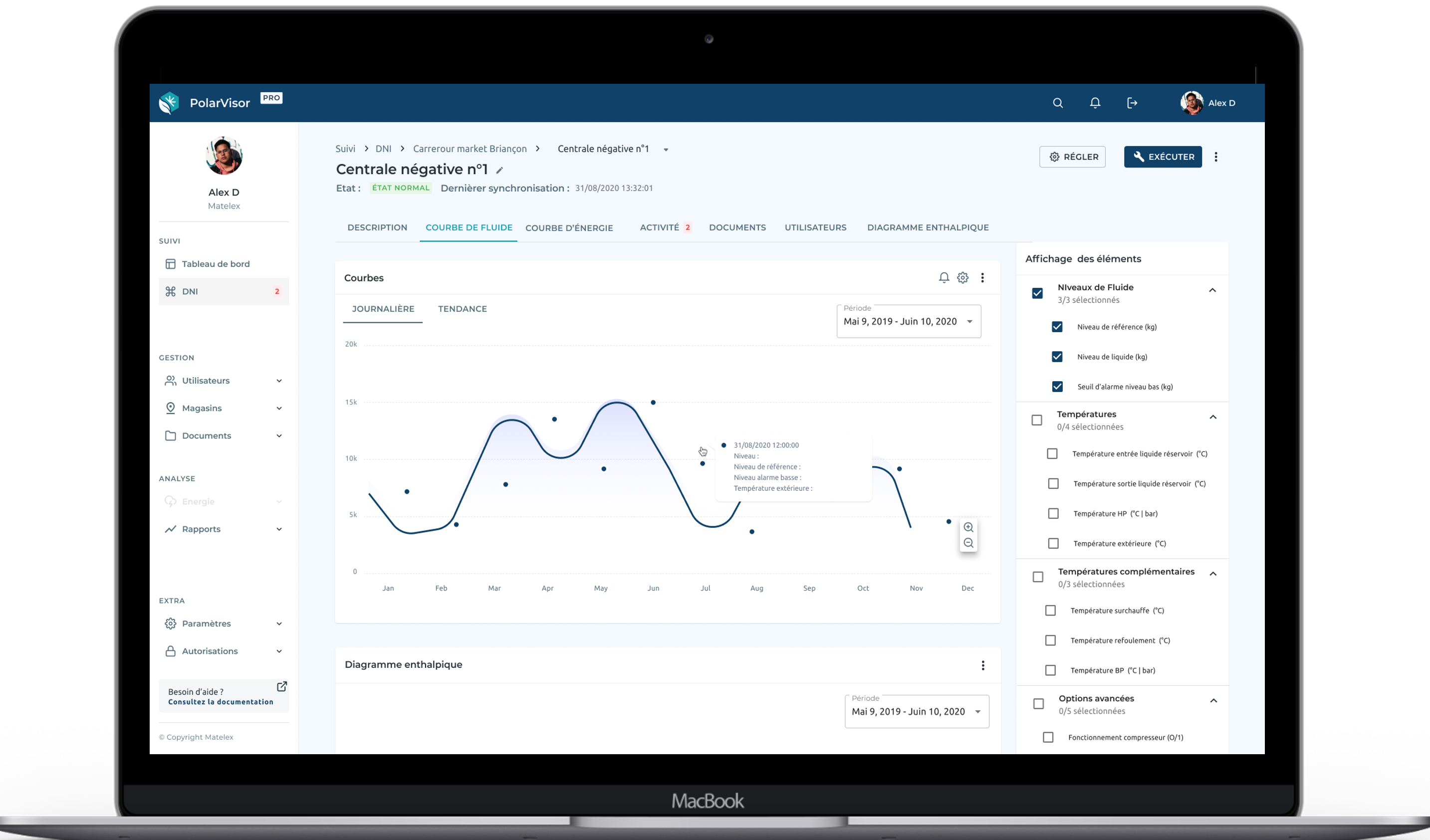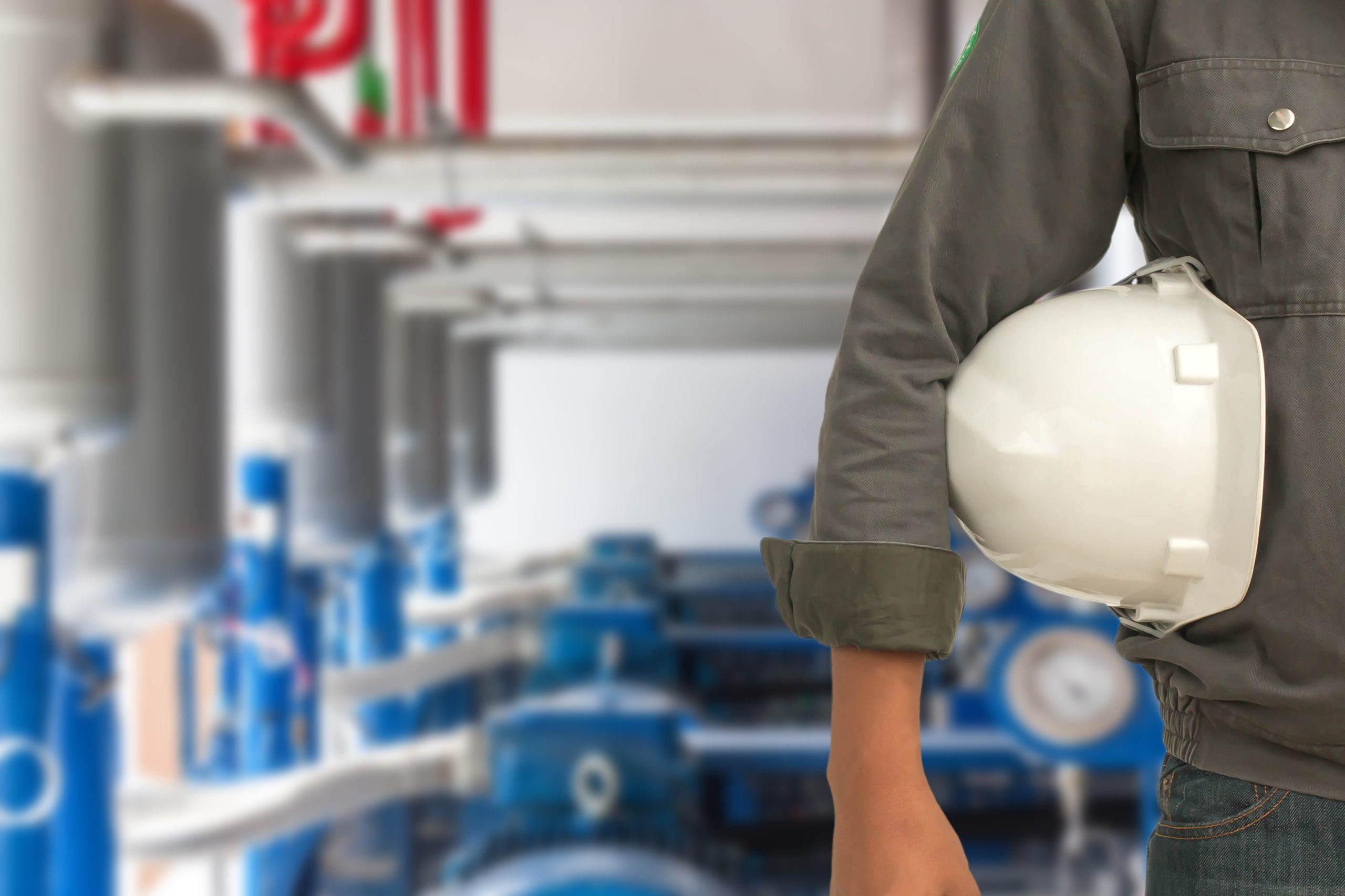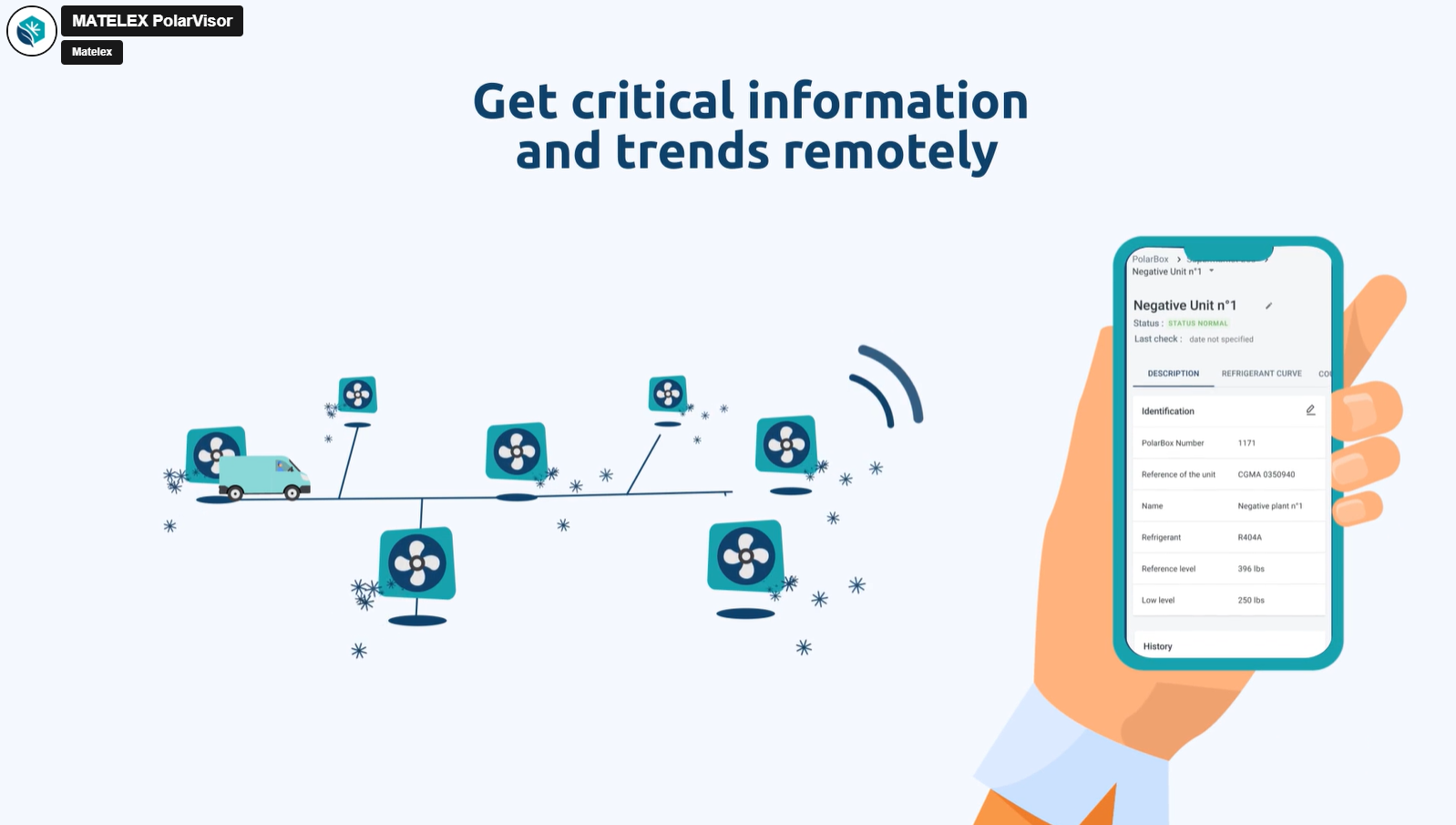Regulations • 11.10.2024
What is Carbon Footprint?
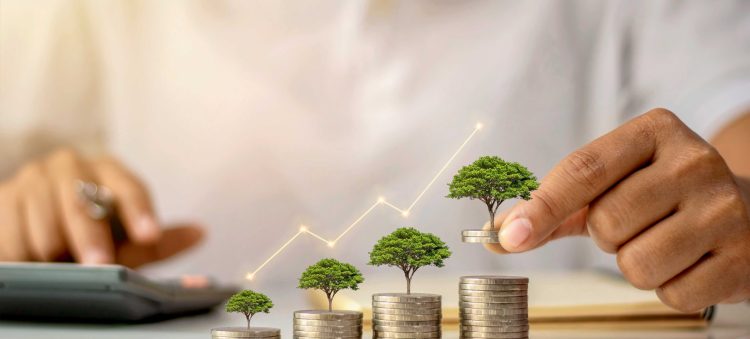
Companies are widely encouraged to reduce their carbon footprint. To achieve this, they can rely on a valuable indicator: the return on carbon.
Greenhouse gases: everything you need to know about the concept of carbon footprint
Can we reduce our carbon footprint and save money at the same time? Behind this vast question lies the often misunderstood concept of carbon footprint. So what is this indicator? Why use it? Who can use it? We take a look.
What is return on carbon?
Carbon footprint is a measure of the effectiveness of actions taken to reduce greenhouse gases (GHGs). To calculate it, two factors need to be taken into account:
- the economic investment made (cost of installing photovoltaic panels, their maintenance, bills, etc.);
- changes in direct and indirect greenhouse gas emissions.
Clearly, a positive return on carbon implies a favourable return on investment, as well as a reduction in GHG emissions.
What are the differences between return and carbon footprint?
The concepts of carbon footprint and carbon return are similar. However, there are some notable differences.
The carbon footprint is defined as the measurement of all the GHG emissions for all the physical flows of a structure, without which its proper functioning would be impossible. It is therefore a quantified statement of an entity’s overall environmental impact.
The return on carbon measures the efficiency and financial profitability of an action carried out in favour of the environment. In this respect, it is a more specific indicator, but also more relevant for a company seeking to accurately assess the impact of an investment.
ROE and ROCE: other indicators close to the concept of return on carbon
ROE (return on environment) is a concept found mainly on the other side of the Atlantic. It is based on a rather simple observation: acting in favour of the environment is synonymous with multiple benefits:
- Increased attractiveness for companies to recruit young, qualified staff who are concerned about environmental issues;
- A better image with consumers by highlighting the eco-responsible actions developed by the company;
- increased profitability through sustainable investment (short circuits, reduced energy bills, etc.).
Return on carbon: who uses this indicator?ROCE (return on climate and the environment) is a concept that follows on from its namesake (return on capital employed), which is widely used by finance professionals. It highlights the fact that, contrary to popular belief, a company whose main objective is growth will have a lower return on investment than one that has invested in resolving social and environmental issues.
Return on carbon: who uses this indicator?
This indicator is mainly used by organisations that produce a large volume of direct and indirect greenhouse gas emissions and are seeking to reduce them. Supermarkets are perfect examples of this. They produce a large quantity of greenhouse gases on a daily basis (refrigeration, air conditioning, transport of goods, etc.).
To improve their carbon footprint, several solutions can be considered:
- installation of solar panels ;
- green roofs ;
- installation of a new fleet of refrigeration plants;
- installation of a refrigerant leak detection system ;
- lowering the air-conditioning temperature ;
- closing cold cabinets ;
- etc.
In order to measure the economic and ecological relevance of an investment of this scale, the notion of return on carbon takes on its full meaning.
| Good to know: Matelex has developed a simulator on the financial and environmental impact of a refrigeration system for a company, so don’t hesitate to try it out! |
Greenhouse gas emissions: why is carbon footprint a relevant indicator?
At a time when companies are being urged to take action to reduce their GHG emissions, it is vital to be able to accurately estimate the financial costs involved. In this respect, the concepts of return on carbon and return on investment are intimately linked.
Spending €200,000 on eco-responsible equipment is one thing. It’s quite another to ensure that the project pays for itself after 20 years, with little environmental benefit. To put it plainly, the return on carbon is an indicator designed to remove any doubts about the viability of a substantial amount of funding.
Refrigeration and return on carbon: what solutions should be considered?
Companies that manage a fleet of refrigeration plants produce direct or indirect greenhouse gas emissions on a daily basis. Various solutions can be put in place to reduce these emissions.
Minimising your carbon footprint through eco-efficiency
Eco-efficiency in refrigeration is an approach that aims to reduce the environmental impact of refrigeration installations, while maximising their economic efficiency.
Broadly speaking, there are four main areas of intervention:
- 1 – Choice of refrigerants: favour the use of refrigerants with a low global warming potential (GWP), such as 4th generation refrigerants (HFOs), rather than synthetic refrigerants such as hydrofluorocarbons (HFCs).
- 2 – The design of installations: favour the use of innovative technologies such as variable-speed compressors, high-efficiency heat exchangers or electronic control systems.
- 3 – Awareness-raising and training: supporting employees in implementing eco-efficient practices, while training them in the proper management of refrigeration facilities.
- 4 – Installation maintenance and management: regular monitoring of refrigeration installations to optimise their energy efficiency and minimise the risk of leaks.
For more information on the concept of eco-efficiency: here
Limiting greenhouse gases and achieving a return on investment: the importance of monitoring your refrigeration installations
Refrigeration is the biggest source of greenhouse gas emissions for supermarkets. To reduce these emissions, many are opting for fluids with a low GWP (global warming potential). While this is a viable solution, it remains incomplete.
Most greenhouse gas emissions come from faulty equipment. So it’s vital to monitor your refrigeration plant on an ongoing basis, so that you can be alerted as soon as a leak occurs. With this in mind, relying on IoT tools and exploiting data is an effective way of monitoring consumption while optimising energy performance. What’s more, the data collected can be used to calculate the precise return on carbon generated by your investment.
To help you in this task, Matelex offers a complete and easily deployable solution. It is based around three tools:
- the DNI (intelligent level detector), which uses an indirect detection method to prevent leaks at an early stage;
- the energy module, which measures the actual consumption of an installation to provide an alert in the event of energy drift (over-consumption) or the risk of compressor failure;
- PolarVisor, an interface for centralised, comprehensive remote monitoring, enabling plant performance to be optimised by gathering data in real time.
So for plant owners and refrigeration professionals, the benefits are not only immediate, but also, and above all, measurable. Much more than a simple leak detector, the Matelex solution helps to considerably reduce leaks and energy bills – and by extension – direct and indirect greenhouse gas emissions.
It should also be noted that installing the Matelex solution involves no change to the refrigeration plant. It is suitable for all refrigerants, whether new or existing installations. However, the latter must be equipped with an HP liquid receiver to accommodate the solution.
| Good to know: thanks to its early detection algorithm, the Matelex solution can reduce a company’s refrigerant consumption by up to 80%! This is an incomparable alternative to the traditional method, which involves looking for leaks during periodic leak checks that are far too far apart in time to be effective, and give no visibility of fluid levels or the overall operation of the refrigeration plant. |
So it’s fair to say that carbon footprint is a reliable and relevant indicator that is becoming increasingly popular, particularly with the mass retail sector. In this sector, which is increasingly concerned by environmental issues, it is a key assessment tool for quantifying and rationalising the eco-responsible investments to be made.
| Would you like to find out more about our solutions? Don’t hesitate to contact us using our contact form |
